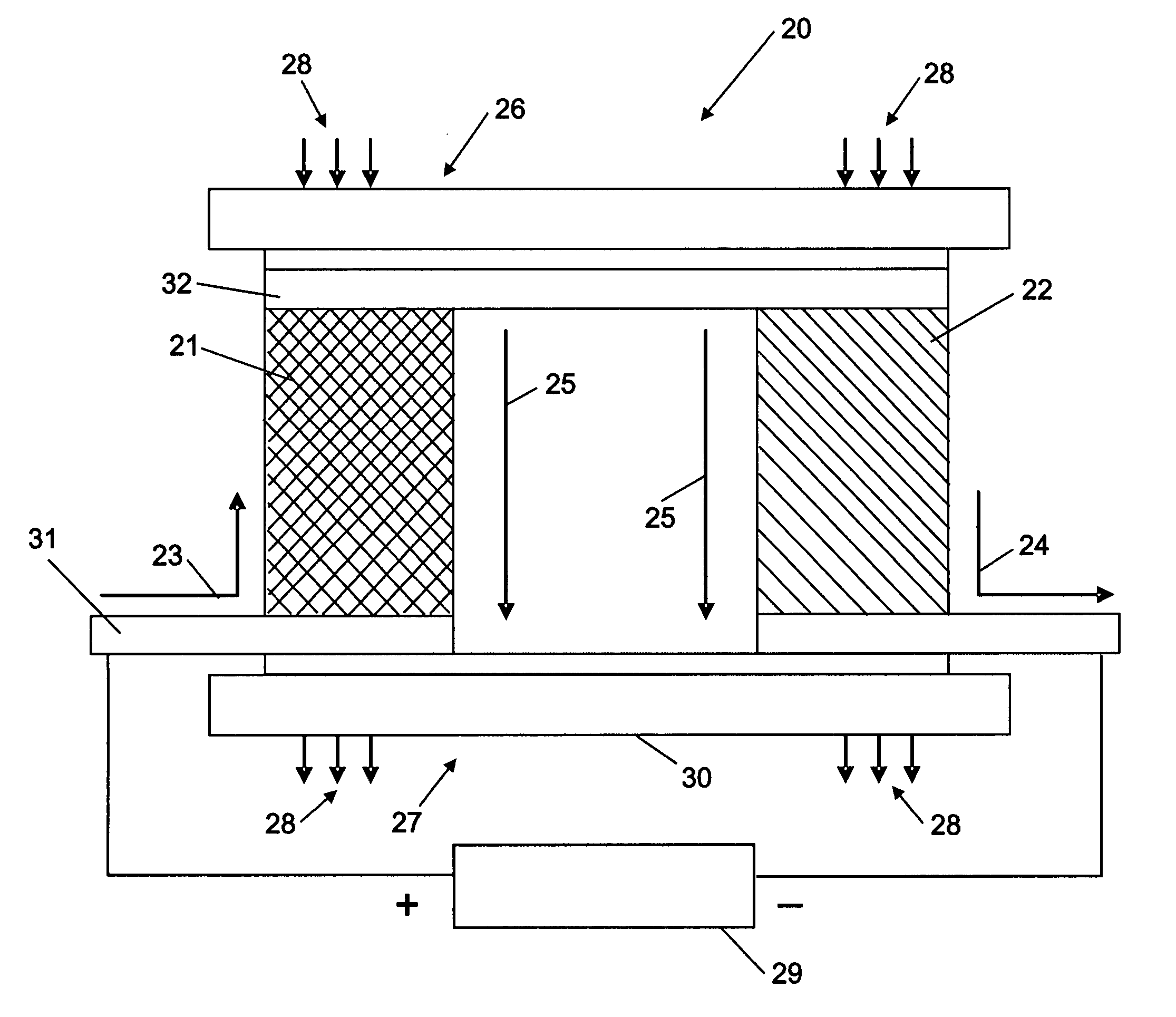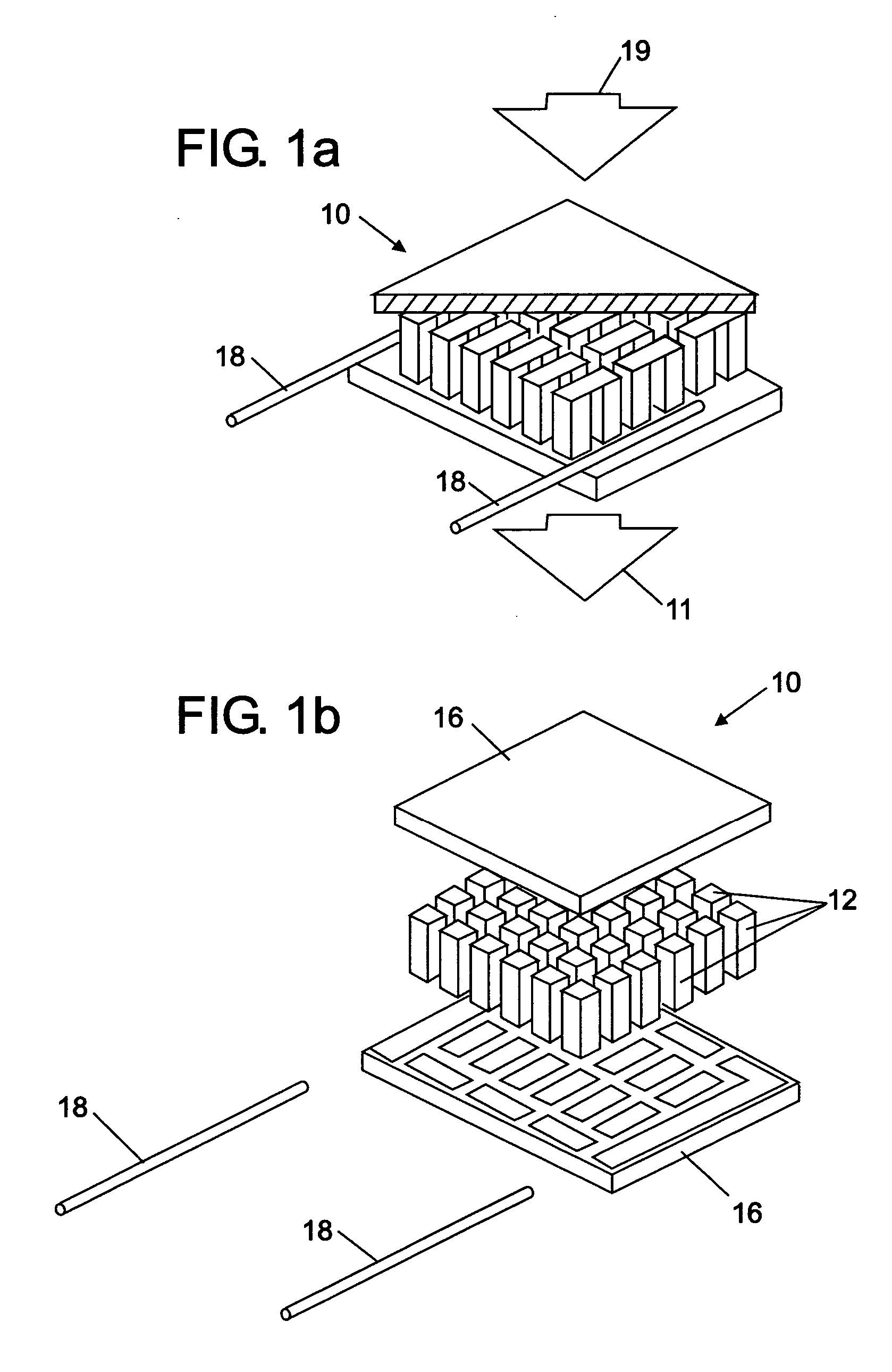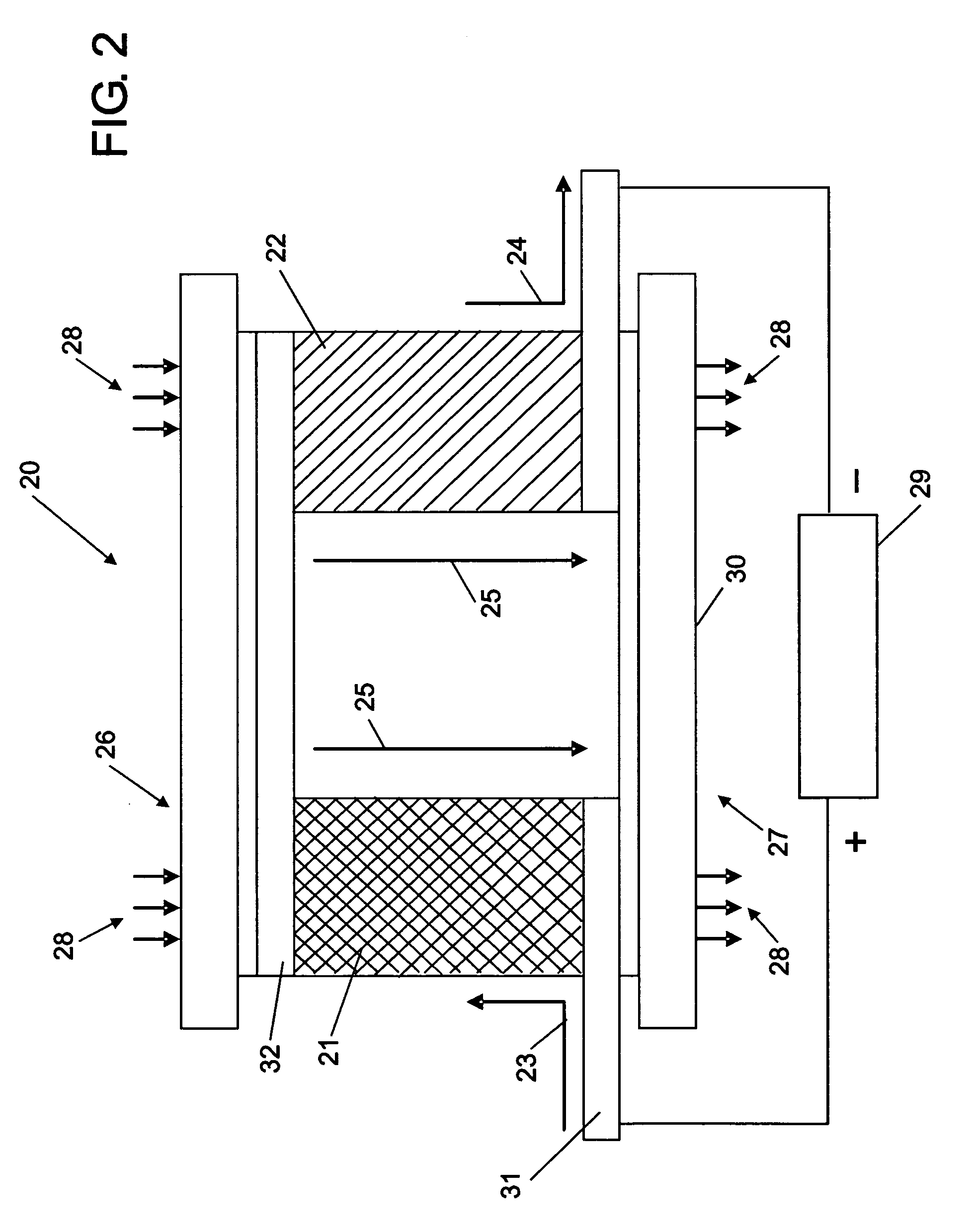Thermoelectric alternators and thermoelectric climate control devices with controlled current flow for motor vehicles
a technology of motor vehicles and current flow, applied in the direction of thermoelectric device details, thermoelectric device with peltier/seeback effect, electric apparatus, etc., can solve the problem of relatively low operation efficiency of devices
- Summary
- Abstract
- Description
- Claims
- Application Information
AI Technical Summary
Benefits of technology
Problems solved by technology
Method used
Image
Examples
example manufacturing
Process Steps for Some Thermoelectric Device Embodiments
[0187] Embodiments of the present invention can be created using manufacturing methods suitable for CMOS or integrates circuit fabrication. However, other manufacturing technologies and methods, including MEMS processes, self assembly, assisted assembly, assisted self assembly, or the like can also be used to create thermoelectric device embodiments. Those skilled in the art are referred to Table 4 which describes example manufacturing process steps for some thermoelectric device embodiments according to the present invention:
TABLE 4Sample Manufacturing Process Steps* 1. Starting wafer SOI, n-type, silicon thickness = 2μ, resistivity = 10-15 Ω-cm 2. RCA clean 3. Oxidation (20 nm) 4. Spin photoresist 5. Photolithography (define legs) 6. Wet etch oxide in 10:1 BOE 7. Reactive ion etch silicon down to SiO2 8. Strip photoresist 9. Strip oxide10. RCA clean11. Oxidation (20 nm)12. Spin photoresist13. Photolithography (define n+ r...
PUM
 Login to View More
Login to View More Abstract
Description
Claims
Application Information
 Login to View More
Login to View More - R&D
- Intellectual Property
- Life Sciences
- Materials
- Tech Scout
- Unparalleled Data Quality
- Higher Quality Content
- 60% Fewer Hallucinations
Browse by: Latest US Patents, China's latest patents, Technical Efficacy Thesaurus, Application Domain, Technology Topic, Popular Technical Reports.
© 2025 PatSnap. All rights reserved.Legal|Privacy policy|Modern Slavery Act Transparency Statement|Sitemap|About US| Contact US: help@patsnap.com



